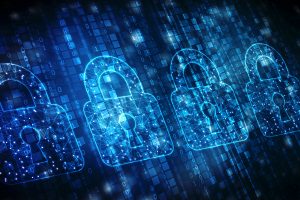
With telework expected to stay long after the pandemic ebbs, government agencies are looking to shore up the remote work solutions they put in place to ensure on premise security measures extend to the dispersed workforce. Multi-cloud environments are the reality for almost every agency. The many applications needed for the diverse functions of an organization require multiple cloud solutions to provide the specific support needed.
A report from Meritalk, Multi-Cloud Defense: Redefining the Cyber Playbook, found that 83 percent of respondents are increasing multi-cloud adoption to support telework and mission needs related to COVID-19. However, 42 percent said their cyber strategies cannot keep up. One part of the challenge is creating a solution that can be applied to the wide variety of endpoint devices and meeting enterprise security requirements.


 Online learning is nothing new. Colleges and universities provide online programs that enable working adults to take classes. Professional development and classes for re-certifications are offered via online means. Homeschooled K-12 students utilize numerous online programs to obtain specialized instruction and build connections. What is new is the scope of online learning--the sheer number of people participating in online education is historic.
Online learning is nothing new. Colleges and universities provide online programs that enable working adults to take classes. Professional development and classes for re-certifications are offered via online means. Homeschooled K-12 students utilize numerous online programs to obtain specialized instruction and build connections. What is new is the scope of online learning--the sheer number of people participating in online education is historic.


